“Do I hear 30,000? Yes, 32, 34, 36! 38? Do I hear 38,000? Yes, any more? Come on you can go higher, 39,000! Does anyone have 40? Yes, 41? Oh 41,000 on the left side. Going once, twice, sold! That’s one male sable antelope sold for 41,000 Rand”.
One of the most bizarre experiences of my life was witnessing a game auction.
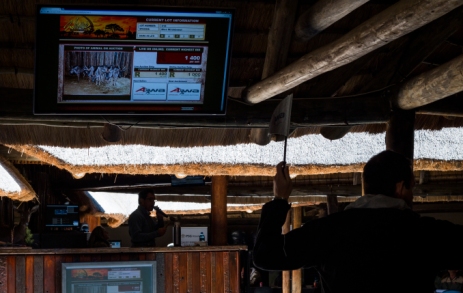
What are game auctions?
Game auctions provide a platform for farmers, investors, businessmen and reserve owners to buy and sell animals. The animals in question are nearly always large herbivores like zebra, rhino and a vast range of different antelope species. Large carnivores are usually traded through private agents and are rarely found at these game auctions. The game industry in Southern Africa is thriving with millions and millions of rand exchanging hands each auction. [1]
While I was collecting data for my dissertation in a South African reserve we got the chance to visit a game auction. It was held in a small town in the Limpopo region called Vaalwater. We arrived a few hours before the actual auction was due to start so that we could have a good look around. The bidders had also come early as well to decide which animals they wanted. The animals were stored in fenced enclosures called ‘bomas’. Some of the animals (like giraffe) were kept outside but the majority of them were kept inside very long roofed, wooden bomas.
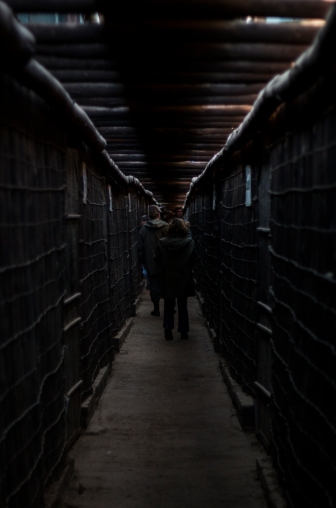
As you walked through the long, dark corridors of the bomas there were enclosures on either side with the animals for sale cramped inside. We could catch glimpses of the animals through little peepholes or through the gaps between the planks of wood making up the barrier between man and beast. All you could hear were whispered voices and the odd grunt from the other side of the wooden walls.
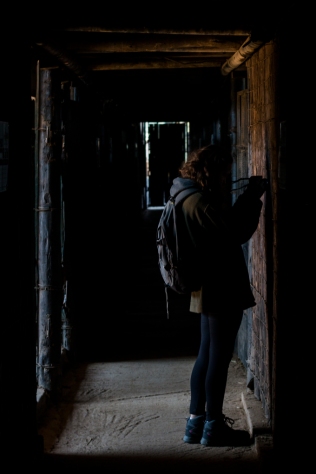
It was a strange feeling peering through a small gap in this wooden wall to have a 900kg male eland staring back at you. These animals are 1.6m at the shoulder and are built like a tank. It made me question the functionality of the wooden planks separating us.
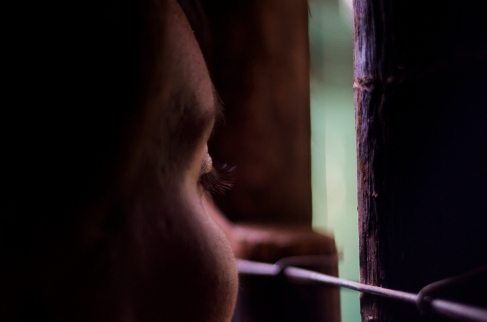
After spending a couple of hours admiring the animals for sale we moved onto the actual auction. Oddly, the experience was quite like watching the ‘Antique Roadshow’ except the bidders weren’t seeking toy trains or old teapots, instead they were after a herd of impala or a flock of ostriches.
Why are these animals being sold?
One of the reasons why these animals are being traded is that ecotourism in South Africa is booming and reserves need animals for tourists to look at. Unfortunately many reserves aren’t self-sustaining in their herbivore populations. This can be for a number of reasons but probably the main one is that tourists want to see large carnivores, especially lions. Lions need a lot of food and more lions means more tourists. But when the number of lions exceeds the ecological carrying capacity of the reserve the number of herbivores being killed will be higher than the number of herbivores naturally born and so their populations will crash. Unless herbivore stocking takes place and that is where these game auctions come into play. Reserve owners can be regular visitors to these auctions so that they can buy more ‘lion food’.
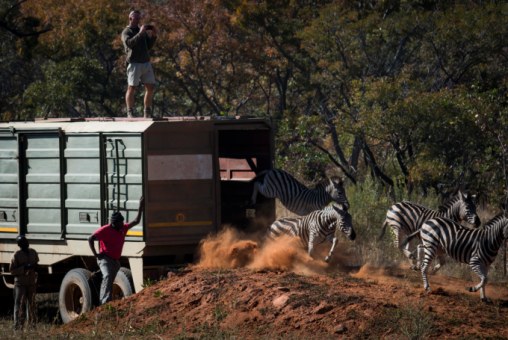
However, many of the animals sold at game auctions are destined to be hunted by a very different predator to lions. Like it or not the hunting tradition of South Africa is a dominant feature and as a result many of the animals that we saw in the bomas that day were on their way to hunting ranches were they would be shot for sport.
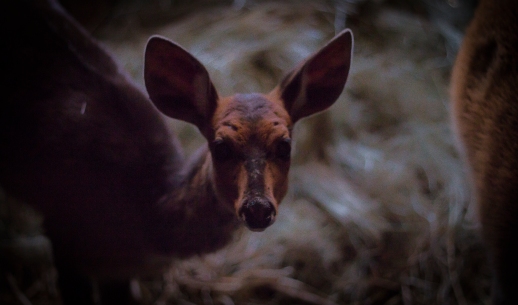
Record prices and exotic game
The highest price we saw an animal be sold for that day was the 41,000 Rand for the Sable but this is nothing in comparison to other auctions! It is not uncommon for a male buffalo to be sold for prices reaching R1,000,000 (∼€65,000). [2]
In recent times more rare of these species have become more popular and are viewed as collectors items. Albino impala, yellow blesbuck and golden zebra are the results of genetic mutations and are highly sought after due to their rarity. This ‘exotic’ game is where the truly mindboggling figures are found. A pregnant golden wildebeest was sold for R1,200,000 (∼€80,000) and a young blesbuck white saddleback earned a breathtaking R4,000,000 (∼€260,000) for his breeder. Even more shocking was the R26,100,000 (∼€1,700,000) spent on three kings wildebeest bulls. [2]
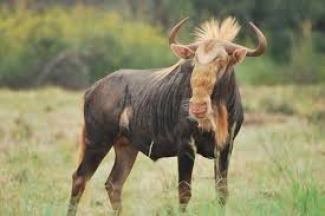
Conclusion
In South Africa, all wildlife has a price. These game auctions are an effective way of providing game for eco-tourism but they also play a role in trophy hunting and in the breeding and collection of exotic strains and because of that I’m not entirely sold on the idea.
References:
